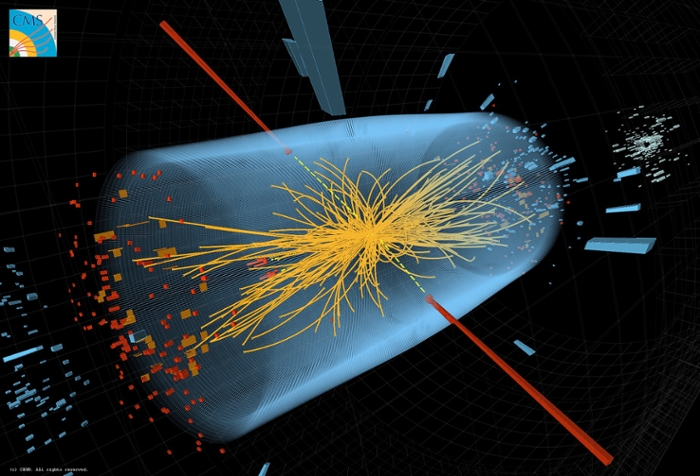Purdue physicists pursue Higgs boson; part of international CMS experiment
10-04-2013
Author(s): Elizabeth K. Gardner

Purdue University's particle physics group is part of the biggest international experiment in particle physics history, which recently provided a progress report in the hunt for the Higgs boson.
Results announced from experiments using the world's largest particle accelerator, the Large Hadron Collider (LHC), narrowed the space in which the Higgs boson could dwell but hinted that it may yet be found.
The LHC is designed to collide two beams of billions of protons traveling at almost the speed of light. The collisions at such high energies cause the protons to shatter into tiny particles that would otherwise never be seen, offering scientists their first chance to see if the Higgs boson exists.
The teams behind two LHC experiments named for the particle detector they use, ATLAS (A Toroidal LHC Apparatus) and CMS (Compact Muon Solenoid), shared their results during a seminar at the European Organization for Nuclear Research or CERN in Geneva, Switzerland, on Tuesday (Dec. 13).
Daniela Bortoletto, Purdue's Edward Purcell Distinguished Professor of Physics and U.S. upgrade coordinator of the US CMS experiment, said the search for the subatomic particle may soon be over.
Bortoletto's group includes Purdue research scientists Petra Merkel, Daniele Benedetti, Miguel Vidal and doctoral students Jakub Zablocki and Matthew Kress.
